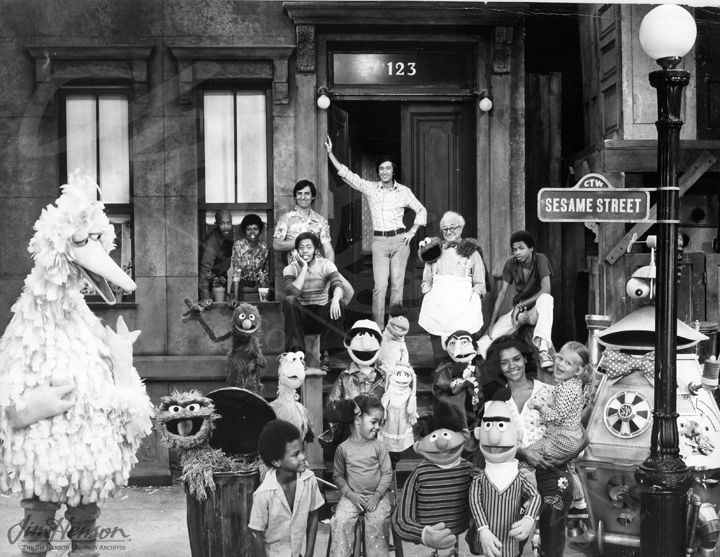Sesame Street is an educational children’s television show in the United States that combines live-action, sketch comedy, animation, and puppetry. It was created by Joan Ganz Cooney and Lloyd Morrisett and was produced by Sesame Workshop. It was formerly known as the Children’s Television Workshop until June 2000. But did you know that the show was designed to build up the self-worth of children of color?
Sesame Street was designed to build up the self-esteem of African-American children. The producers of the show purposely integrated a harmonious community of African-Americans and represented them in a positive image.
The Multi-Cultural Show
Sesame Street grew out of the Lyndon B. Johnson administration’s Great Society agenda, a collection of federal programs with the lofty goal of eradicating poverty and racial injustice.
As part of these goals, Johnson, who had previously taught poor Mexican-American children while in college, established Head Start in 1965, intending to break the multigenerational cycle of poverty through early education programs for disadvantaged preschool children.
To become absolutely involved intellectually and spiritually with the Civil Rights Movement and with the educational deficit that poverty created.
Joan Ganz Cooney, the Creator of Sesame Street
Soon after, she joined forces with a friend, psychologist, and Carnegie Corporation executive Lloyd Morrisett, who was looking to fund a preschool education model that could reach many inner-city children.
Morrisett was able to secure additional private sector and federal government funding, and the Children’s Television Workshop (CTW), which would produce Sesame Street and another beloved educational programming, was born.
The CTW renamed Sesame Workshop in 2000, was more than just a production company for writers, directors, and producers. A panel of experts from education, child development, psychology, medicine, social sciences, the arts, and advertising advised Cooney and her team on their work, which prioritized the inclusion of black perspectives.
In a January 1970 Ebony profile of Sesame Street, Cooney was flanked by a group of African-American women, including the head of Seattle Head Start and the headmistress of a New York preschool. Chester Pierce, an African-American psychiatrist, and Harvard professor, helped design the show’s hidden curriculum to increase black children’s self-worth by presenting positive black images.
Pierce also insisted that the show depict an integrated, harmonious community to challenge the marginalization of African-Americans that children saw on television and elsewhere in society. (Source: Smithsonian Magazine)
How Did Harlem Influence the Show?
Sesame Street cast member Loretta Long, who played Susan from the show’s inception to the present, devoted an entire chapter of her doctoral dissertation to Pierce’s curriculum, which included locating the show in an inner city neighborhood with old brownstones and lots of trash cans. The producers reasoned that such a setting would help the inner city child relate more to us cast members as his neighbors.
According to producer Jon Stone, the show’s set design was inspired by a 1968 public-service announcement campaign urging New York City residents to care about children living in Harlem’s blighted areas. In an interview for Michael Davis’ definitive book on the show’s history.
For a preschool child in Harlem, the street is where the action is…Our set had to be an inner-city street, and more particularly it had to be a brownstone so the cast and kids could stoop in the age-old New York tradition.
Michael Davis, Author of Street Gang Stone
(Source: Smithsonian Magazine)
